
A show about relationships with the land
There are many ways to listen to the show: Listen live on CFRU 93.3 fm broadcasting from the University of Guelph Mondays at 6pm EST or listen to the podcast via Spotify, Apple, or just follow the rss feed.
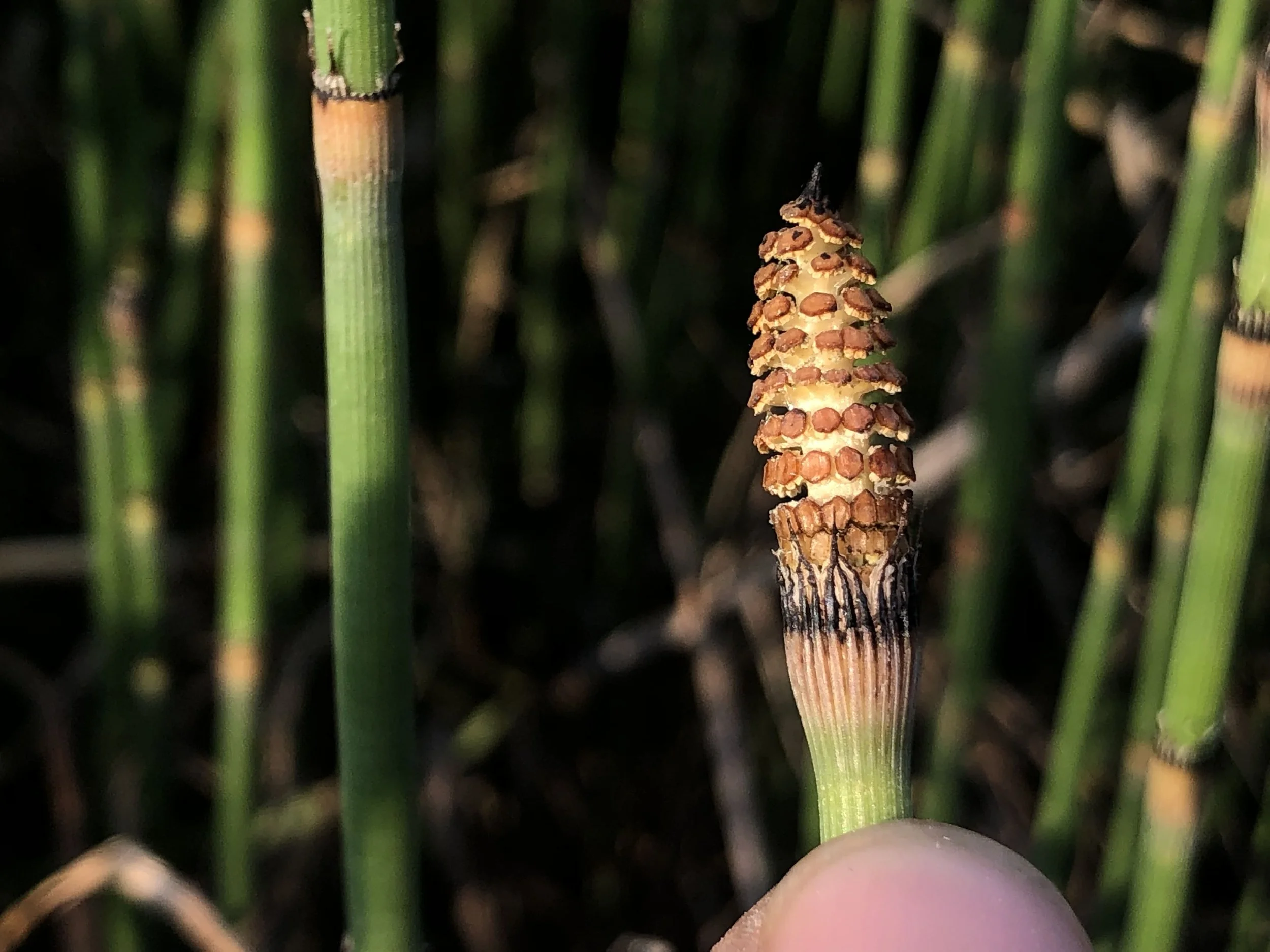
Ep. 270 : Rough Horsetail
Inspired by a fun workshop I got to host, along with such an amazing history of evolution though incredible cataclysmic epochs, chock full of climate upheaval, I really wanted to learn more about these amazing plants. Many of the Equisetum genera are now extinct yet there are about 9 species in my area, and of the species which persist in the area, I will be focusing mostly on Rough Horsetail.

Ep. 251 : Celebrating Pawpaws with the Urban Orchardist, Matt Soltys
For the last couple of years, I have been going to Pawpaw Fest which my friend and neighbour Matt Soltys organizes. Matt Soltys, for those listeners who don’t know yet, is The Urban Orchardist. He teaches me about fruit and nut trees and I help him try and sort out which insects are leaving their sign on the trees.
But back to the point… Pawpaws. Asimina triloba. A fruit with a comeback story. Have you tried one yet? I bet most folks listening have. They are growing more and more, both literally on the land and metaphorically in all the surrounding hype. Is it worth the hype? Matt Soltys seems to think so. He is growing hundreds of them (I had to fact check this statement, and yes, it is true).

Ep. 250 : Jewelweed
Jewelweed is a very common, very attractive and conspicuous species on the landscape. We see them often and are probably pretty familiar with the flowers, fruit and form. I see them down by the river, in the understory of thick forests, and sometimes on the edge of wet meadows. I have also been hanging out with them recently in areas which can be called “post-industrial wastelands”; lands where industry has so polluted and harmed that there are still pollutants and chemicals wrapped up in the soil. But still the Jewelweed thrives.
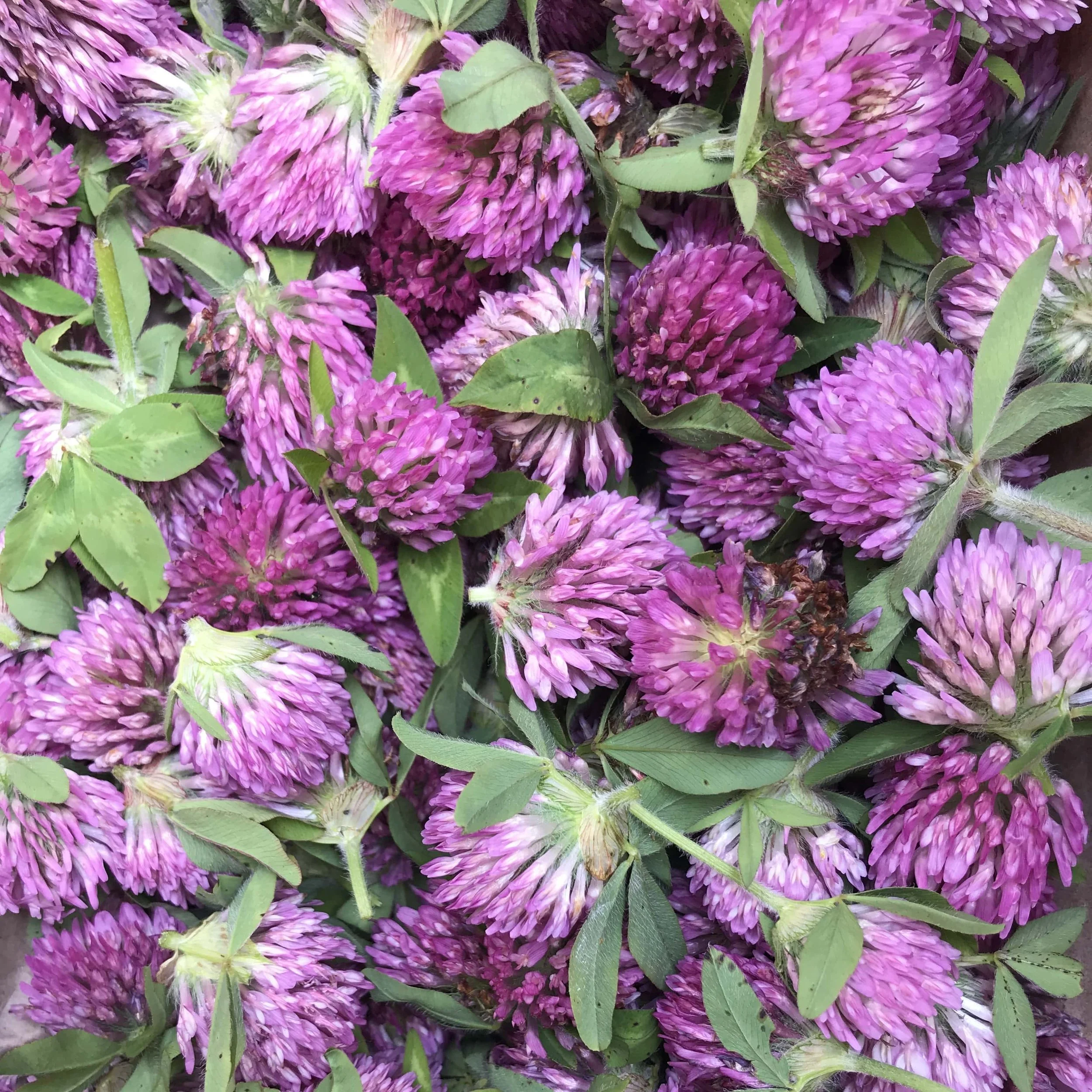
Ep. 246 : Healing Relationships with Land Through Help of Red Clover
I have been feeling a little bit distant lately. Like some sort of anxious attachment distant. Avoidant even. While trying to not be too clingy or handsy with the land, I have slipped into a disconnection, being one that just observes but doesn’t participate in the ways that brought me into relationship with so many plants in the first place. I have been feeling this disconnect, and recognizing something had to be done. Then along comes Red Clover.

Ep. 226 : Lichens with Troy McMullin
Lichens been a draw for me for the last few years. When it comes to a diversity of lifeforms coming together in a fungal structure to draw down nutrients from the atmosphere, to beautify a landscape, to feed some of the largest land mammals down to sheltering some of the smallest arthropods, I’m hooked.
For many of us, the problem has been where to start, how to get into the lichens, how to identify them and how and where do we learn what roles and functions these forms of life have on the land?
In comes Dr. Troy McMullin, lichenologist, author of dozens of papers on lichens, describer of 10 species new to science, and author of the new book Lichens : The Macrolichens of Ontario and the Great Lakes Region of the United States out on Firefly Books.
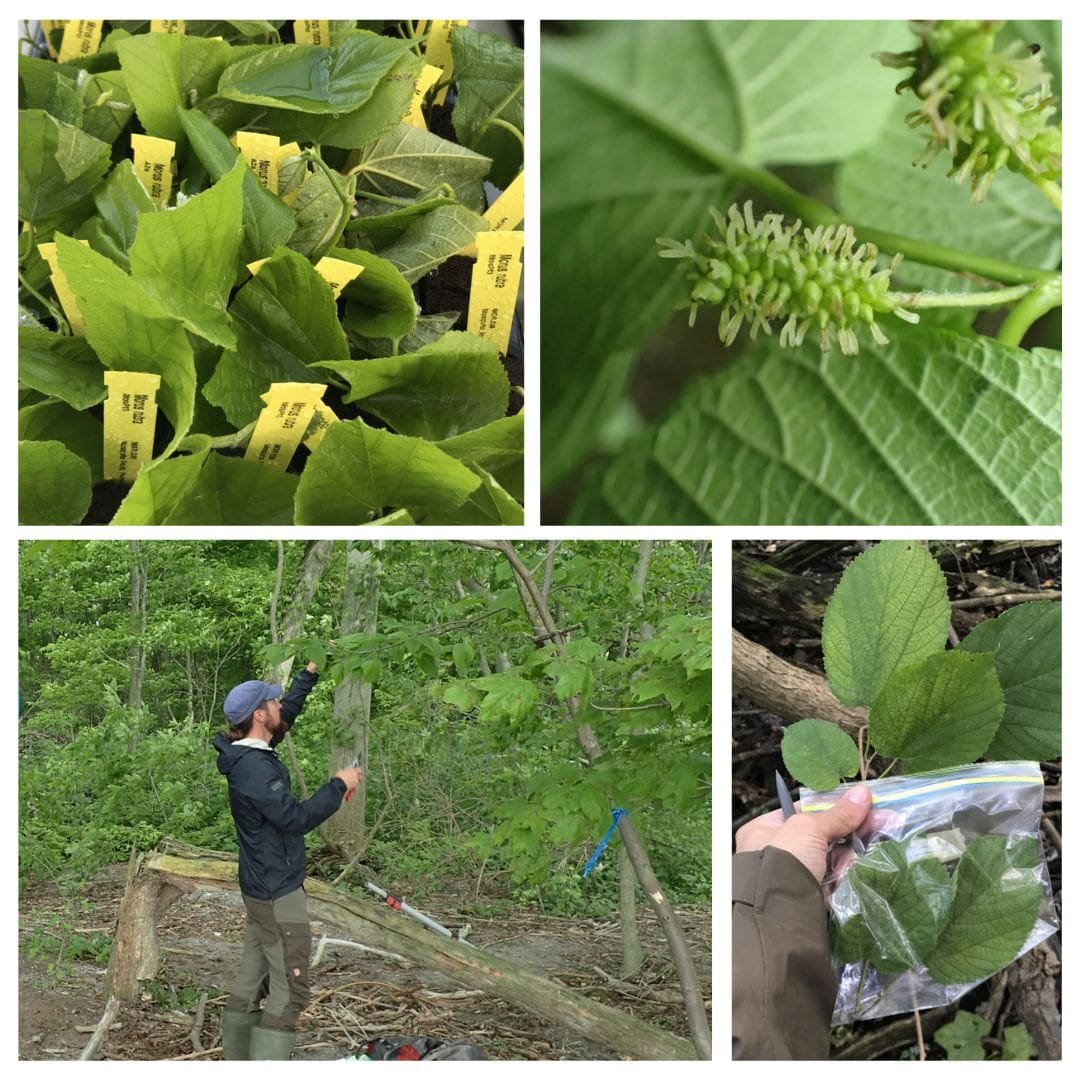
Ep. 222 : Red Mulberry Recovery Program with Sean Fox
A couple of days after my recent interview discussing Mulberries with Matt Soltys, the Arboretum at the University of Guelph shared a couple of posts on instagram about the Red Mulberry Recovery Program where researchers are looking into how to identify, propagate, and eventually distribute Red Mulberries to their partners. They are also trying educating the public on how the White or Asian Mulberries can be detrimental to conservation of the Red Mulberries. Immediately I wrote to them to try and set up and interview.
Gratefully Sean Fox, senior research associate at the Arb, took the the time to get into the complexity and nuance of dynamic movements of species and how we can take actions towards conservation of a species which is endemically endangered.
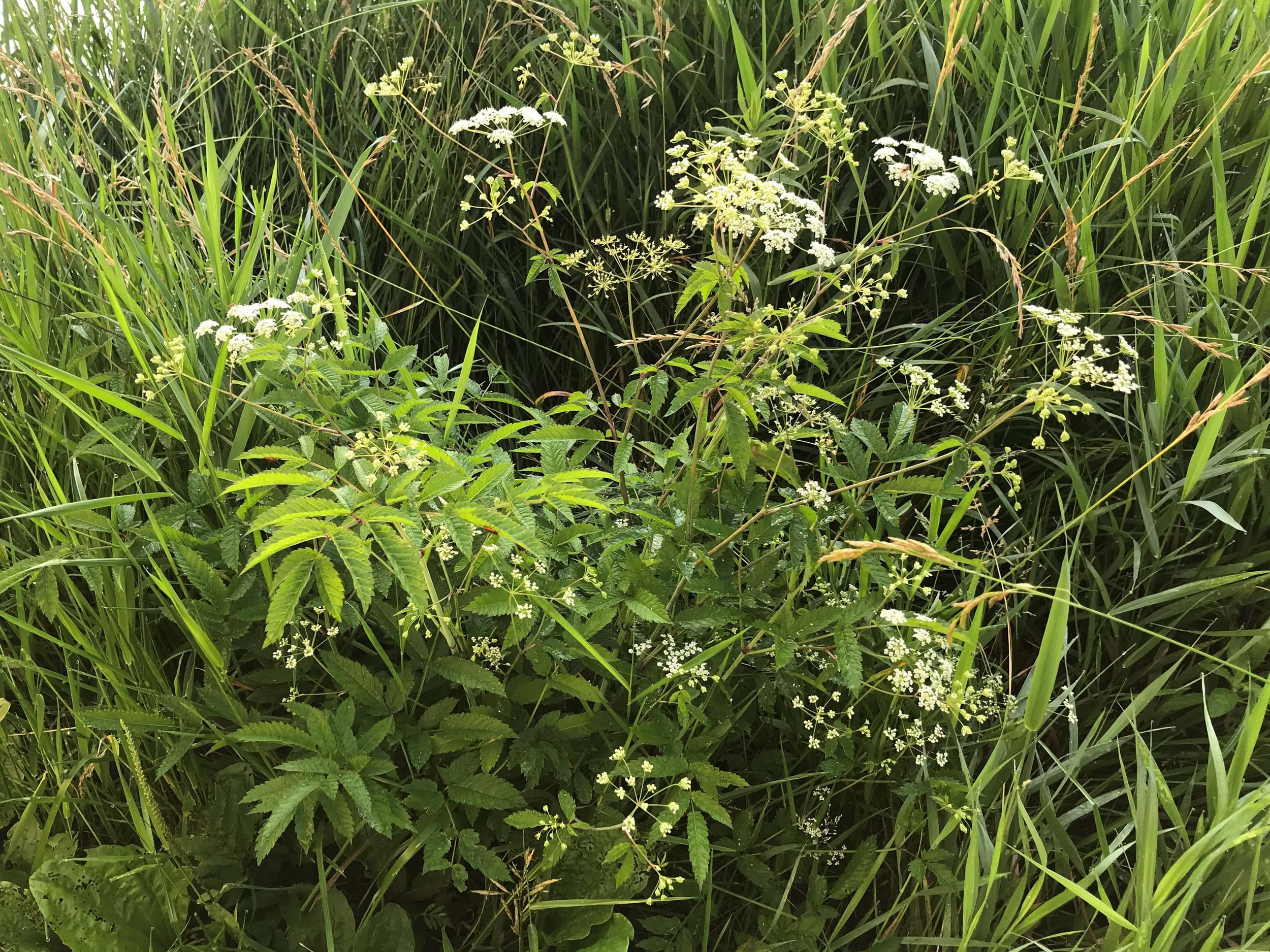
Ep. 221 : Exploring Water Hemlock
I have had a long curiosity regarding Water Hemlock ever since I had heard of them. Perhaps the most toxic plant on Turtle Island/North America. Of course I would be enamoured! I misidentified them for a couple of years thinking I knew who they were, but it wasn’t until the past four or five years that I began taking a closer look, seeking them out, learning the lore, and reading the sometimes sparse literature on the plant. This show is an effort to collect my thoughts and learning, and to make the recent blog post, which has lots of good photographs to assist with proper i.d., more accessible to those who don’t want to read it all but would rather listen to it instead.
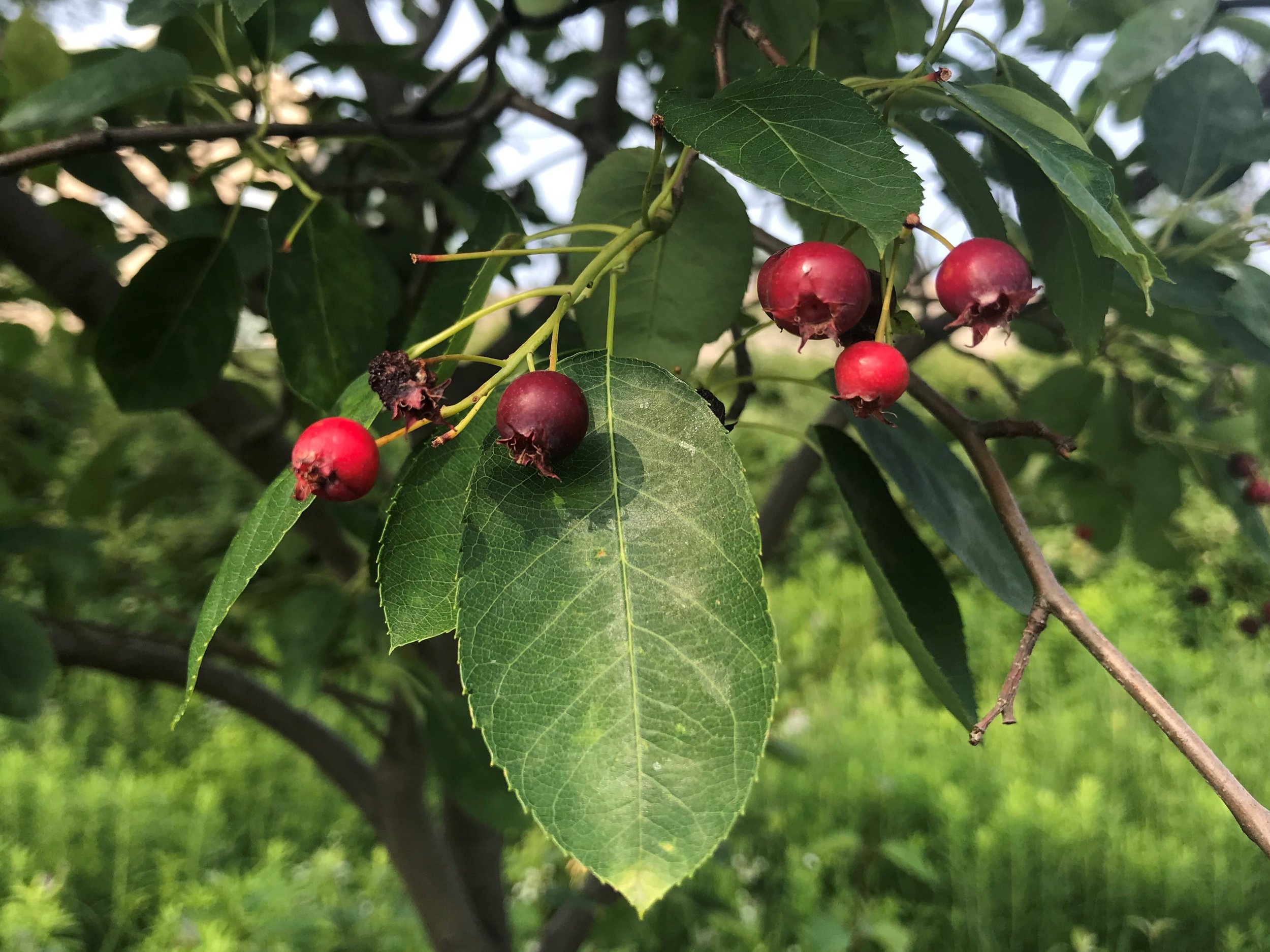
Ep. 220 : Discussing Serviceberry
The Serviceberry is a widely distributed edible fruit tree which fills my heart as much as my belly. It’s just sweet enough, with berries just big enough, just in reach to make me so happy to come across. Sometimes we happen upon them wandering through the woods, sometimes we go visit our favourite individuals, sometimes we make detailed extensive maps of every tree the city has planted… or maybe I just do that.

Ep. 219 : Discussing Mulberries with Matt Soltys
Mulberries are a well known and popular wild urban edible that a lot of foragers come to know early in the development of the craft. They are easily identifiable, taste great, and prolific in urban and peri-urban environments which means lots of people can get to know them. Not only are there an abundant of Mulberry trees out there, each fruit producing tree makes buckets of fruit that litter the sidewalks for a month if the birds, squirrels, Raccoons and humans don’t get at them first. And while Mulberries don’t seem like a political focal point in the world of conservation, I am learning that they can be as well.
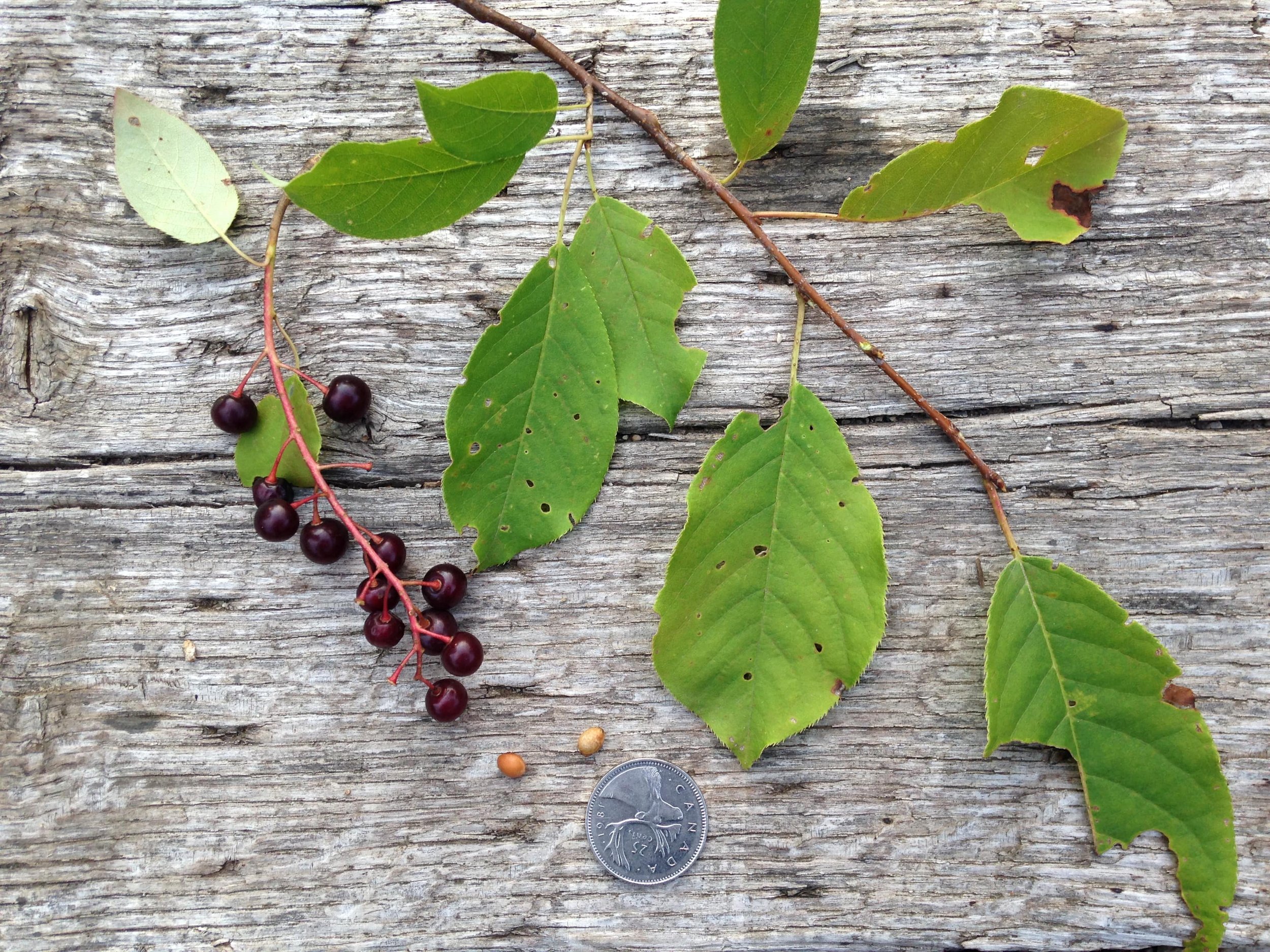
Ep. 218 : Considering Chokecherries
Chokecherry is a role model. How can we be in good relationship with so many different life forms, transform degraded and barren anthropogenic landscapes in preparation for new life? Yes, there is a note of caution to be had, an awareness of potential hazards, but the overall theme of this shrub appears to be regeneration, repair and creating spaces for life to flourish again.
This episode is a long form exploration of the Chokecherry ecology. I hope it works for you as much as it works for me!
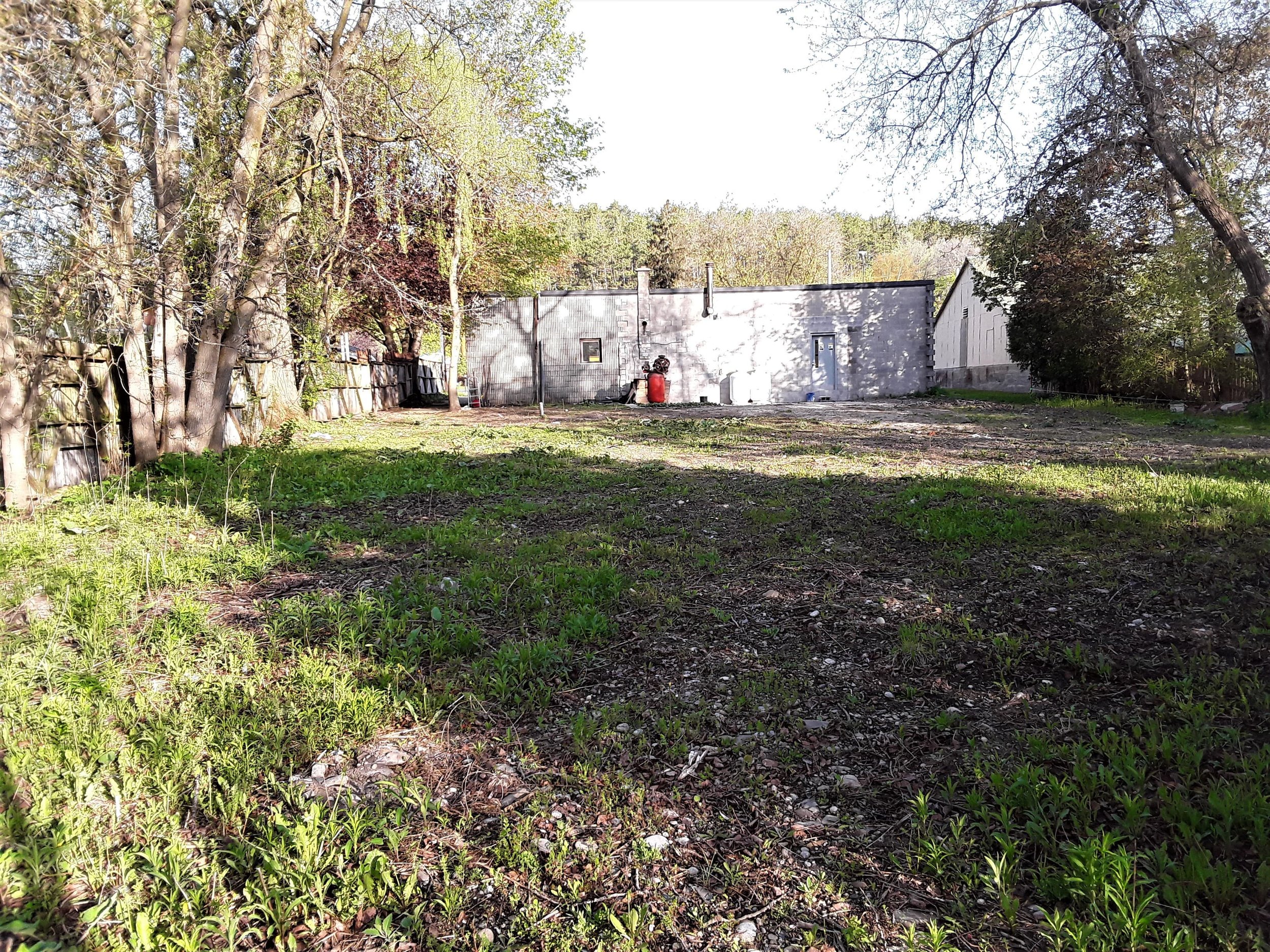
Ep. 217 : Controversial Considerations of Non-Native Plant Communities
The car broke down on our way to visit my mum. My brother and I got out of the car, and while he researched how to change the alternator, I went behind the vacant garage where we parked the inoperable vehicle. When I explored to the far back of the lot I was grateful to find a small wetland, thriving with tons of species. Trees, tall and low shrubs, and understory thick with both native and non-native, aggressive opportunistic plants vying for life. I was totally impressed and appreciated this wild oasis in the midst of an annoying happenstance.
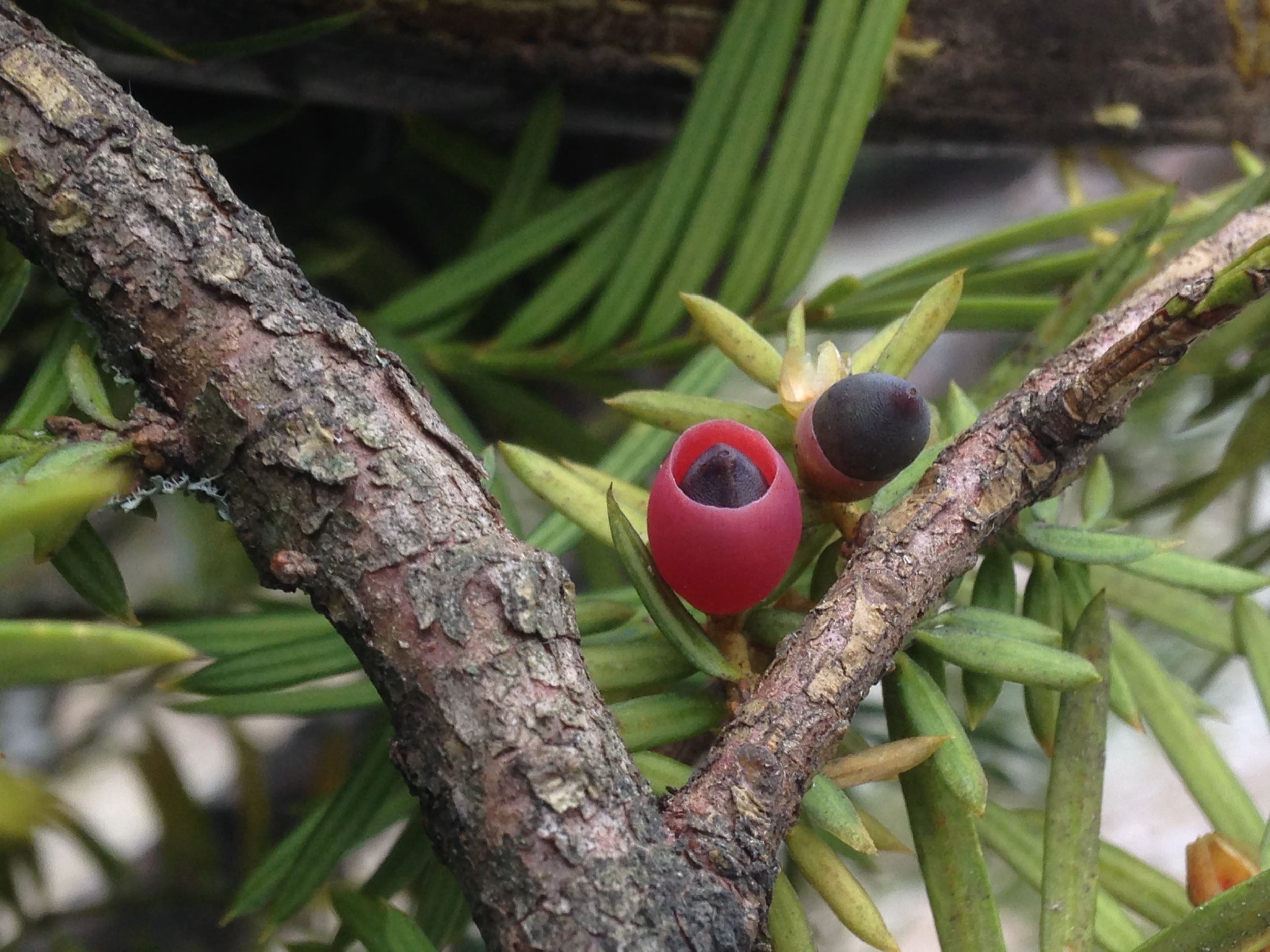
Ep. 203 : I’ve Been Thinkin ‘Bout Yew..
It started with a suggestion that I could learn a little about how to differentiate between Canada Yew, Eastern Hemlock, and Balsam Fir, but then it turned into a zany rabbit-hole of discovery, confusion and awe.
The Yew family, Taxaceae, is a beautiful family, holding long lines of mythos and medicines. I keep being challenged in my assumptions as I pull the threads of knowledge, and it excites me more and more the more I learn.
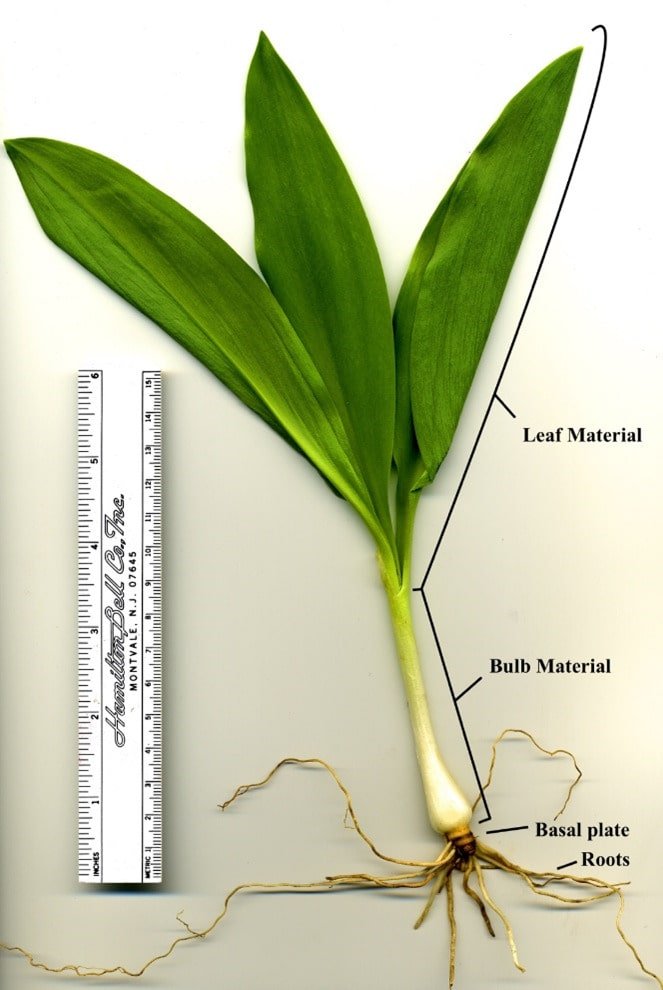
Ep. 201 : Harvesting for Conservation with Sarah Nilson and Eric Burkhart
“Fewer ramps per pound means more ramps in the ground”.
Ramps? Wild Leeks? Allium tricoccum? Whatever you call them, they are a type species for foraging and everyone wants to be in relationship with them. Often that means everyone is looking for them and trying to bring some home, or sell them at markets or fine restaurants, sometimes without care or consideration as to what is best for the Ramps themselves. But when we slow down, study, and learn the best ways to know and be in connection with a plant then it may even be possible to support plant populations while harvesting from them.
Sarah E. Nilson and Eric Burkhart join me for a conversation around when is the best time for commercial growers to be harvesting and why we it might be better to be harvesting at certain phenological stages rather than others. We talk about Ramps, their general ecology, why it is important to maintain relationships through harvesting, but in good ways that give the plants the best chance at sustained growth and genetic diversity.
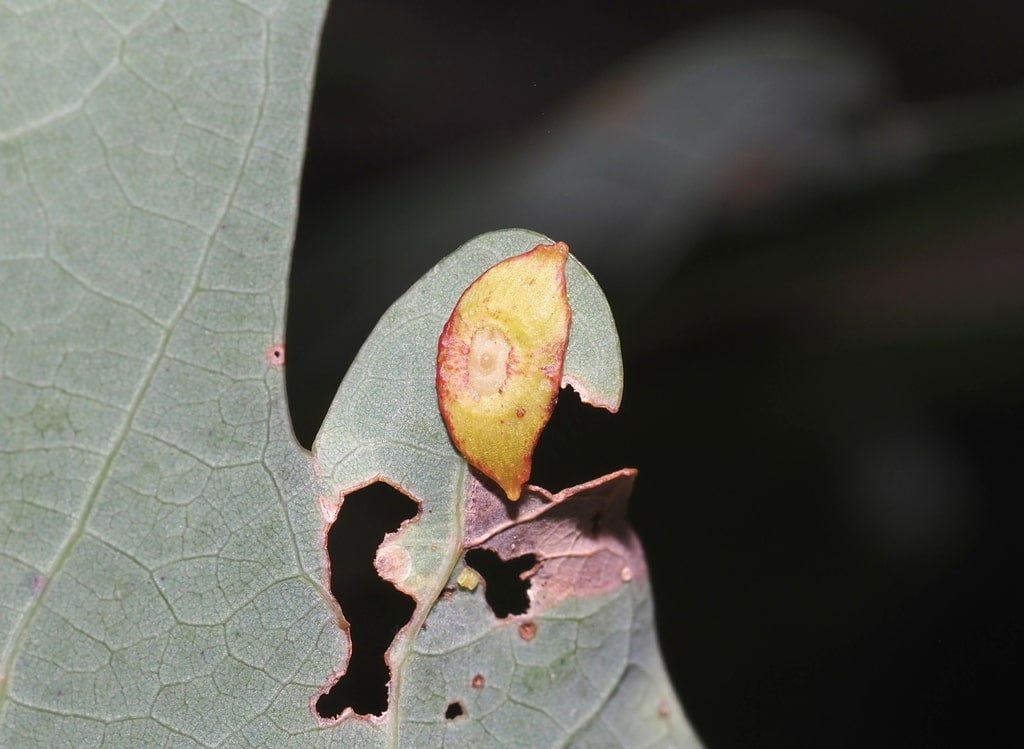
Ep. 195 : Gallformers.org
Gallformers.org has been referred to me by a few friends over the past few months as they helped me to identify some unknown galls I have found in the field. I have written about galls on this website many times as well, usually having to refer back to gallformers.org finally figure out who made them.
My appreciation and curiosity surrounding galls and their ecologies could just go nowhere if I didn’t have tools and resources to help me find answers to my curiosities, but because of Adam and Jeff at gallformers.org I have been able to keep going down the gall makers emergence hole and am consistently learning so much as I go.

Ep. 167 : Black Walnut
Black Walnut (Juglans nigra) is a tree I have been building relationship with for years. Through gathering, processing, storing, cooking, dyeing, planting, distributing and educating, this has been a plant I have come to know a lot about, and with whom I have shared some of myself with. I do not know Walnut in all stages (I long to know the flowers more), and I do not know the post glacial dispersal (it’s always nice to learn the backstory), I am slowly coming to understand the more than human relationships this tree has with the world around them. I am also deepening my understanding of the complex relationships this plant has with humans.
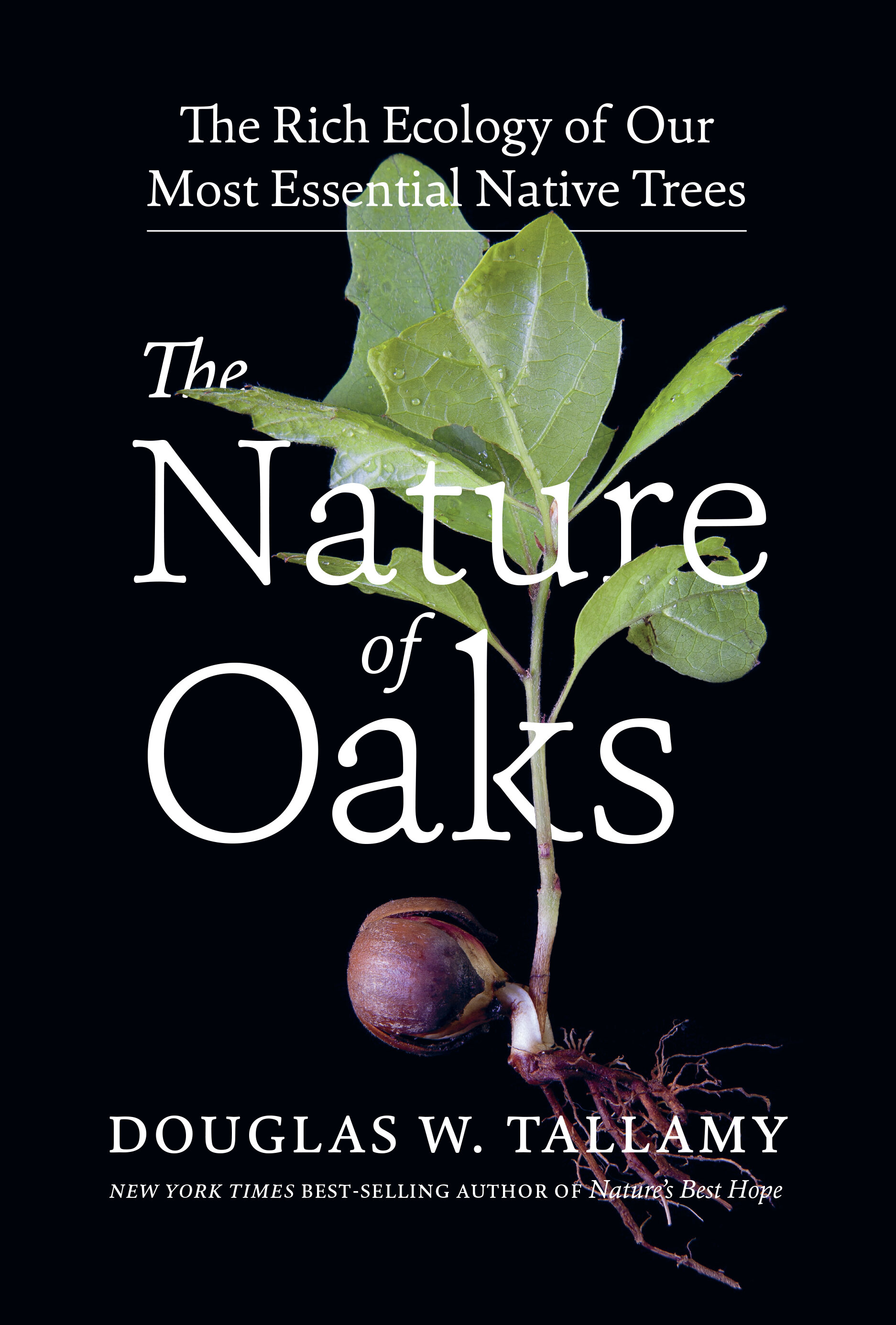
Ep. 153 : The Nature of Oaks with Doug Tallamy
Doug Tallamy’s new book “The Nature of Oaks : The Rich Ecology of Our Most Essential Native Trees” is a month-by-month study of the ecology of Oaks. A perennial dive into the cycling inhabitants and visitors to Oaks throughout the year. While not quite a field guide, the book does offer detailed explanations, accompanied by large colour photographs, on a multitude of various insect and bird species who are interacting with the Oak.
This book, and interview, are full of natural history of the Oaks, as well as a call to action for those who have the means to plant an Oak.

Ep. 140 : (Re-)Considering Buckthorn
Rhamnus cathartica, or Common Buckthorn, is a non-native species that many love to hate. But what if we try to look at the species as a whole, trying to understand a little better, trying to learn a bit more about the relationships which are built around Buckthorn?

Other platforms where you can listen to the show :
As well as : Breaker : Overcast : Pocket casts : RadioPublic



